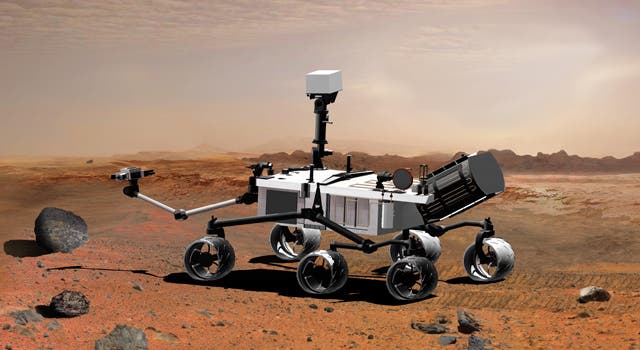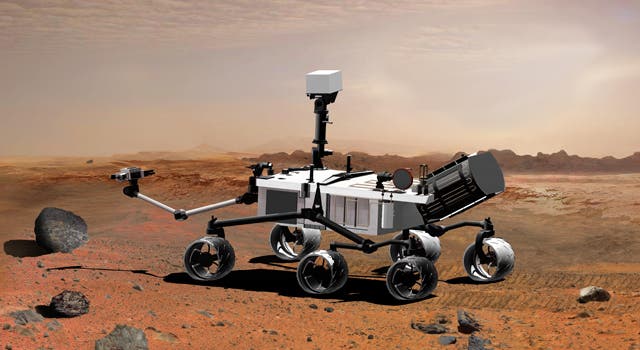Following an absolutely perfect launch with no apparent problems whatsoever, NASA’s Curiosity rover has started its long way towards the Red Planet.
Curiosity and Mars

The car-sized rover blasted off Saturday at 10:02 a.m. ET from Cape Canaveral Air Force Station and separated from the rocket right on schedule, 45 minutes later. The pinnacle of technology in spatial rovers, Curiosity is now reducing the 570 million kilometers that separate it from Mars; so far, there’s no reason to worry whatsoever.
“We are in cruise mode,” said MSL project manager Pete Theisinger of NASA’s Jet Propulsion Laboratory in Pasadena, Calif. “Our spacecraft is in excellent health, and it’s on its way to Mars.”
The main purpose of this mission is to determine whether Mars is, or ever was, host to life; don’t let your imagination fly just yet, because NASA isn’t searching for little green men. Some little green bacteria would do just fine, and please everybody for that matter.
Problems and money
This project faced numerous problems since it was first conceived in 2003. At several moments, it was even in peril of being disbanded, but through hard work, NASA’s astronomers and engineers managed to pull it off, even though at a cost much higher than initially anticipated. But these problems and difficulties made today’s successful launch even sweeter.
“Today’s a great day,” Theisinger said. “Very happy guy.”
However, it will take almost a year only to get to the red planet, and the major difficulties start then, so Theisinger can’t relax just yet.
“We all recognize that this is the prologue to the mission — necessary, but not sufficient,” he said. “We all have our work cut out for us in the next eight and a half months.”
Preparing for Mars
Curiosity is scheduled for Mars in August 2012, but the mission has many difficulties and adjustments to pass. For example, numerous navigational corrections will have to be made to ensure a safe and quick arrival on Mars. The team will also perform tests on the 10 highly sophisticated pieces of equipment Curiosity is equipped with.
Furthermore, engineers will have to use this time to prepared for landing on Mars. They’ll stage 10 separate operational readiness tests during the next eight months, estimating and improving their ability to adapt to different situations, more or less pleasant.
“You’re basically just kicking the tires and trying to shake it all out,” Caltech’s John Grotzinger, MSL’s project scientist, told Space.com.
Due to its size, which was necessary for all the instruments, as well as to provide higher mobility and resistance, Curiosity won’t be able to land in a similar fashion to its cousins, Spirit and Opportunity. Researchers had to employ a landing style which is without precedent: they will use a rocket powered sky crane to lower the rover in a daring maneuver.
“Science fiction is now science fact,” said Doug McCuistion, head of NASA’s Mars exploration program. “We’re flying to Mars.”









